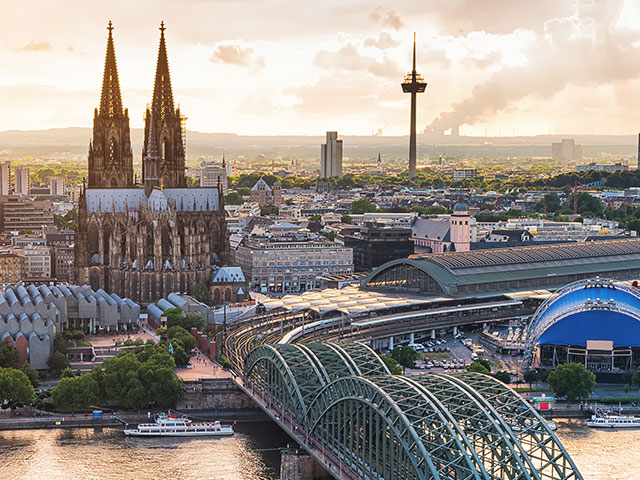 Soomaa National Park (also know as Soomaa rahvuspark) is
a 390 km²
park located along a groups of bogs, meadows and riverside forest (it's name means land of bogs and literally it's the largest area of bogs in Estonia). Located in both Pärnu and Viljandi Counties it has four main bogs (Valgeraba, Öördi, Kikepera and Kuresoo). In spring (between March and April, sometimes called the 5th season) raining makes the water level increase 5 m. Some of the species of the NP are wolves, lynxs, bears, wild porks or elks as well as more than 180 species of birds
Soomaa National Park (also know as Soomaa rahvuspark) is
a 390 km²
park located along a groups of bogs, meadows and riverside forest (it's name means land of bogs and literally it's the largest area of bogs in Estonia). Located in both Pärnu and Viljandi Counties it has four main bogs (Valgeraba, Öördi, Kikepera and Kuresoo). In spring (between March and April, sometimes called the 5th season) raining makes the water level increase 5 m. Some of the species of the NP are wolves, lynxs, bears, wild porks or elks as well as more than 180 species of birdsHow do I arrive to Soomaa National Park?
- Bus: there's a daily bus to Riisa (aprox. 1 hour), 6 km far from the visitor center from Pärnu.
- Car: to reach the National Park you can drive from Viljandi to Tipu (aprox. 30 minutes), Sandra (aprox. 35 minutes) or Riisa (aprox. 40 minutes) while from Pärnu it can also be reached Riisa (aprox. 35 minutes), Sandra (aprox. 45 minutes) or Tipu (aprox. 45 minutes).
History
What can I visit in Soomaa National Park?
- Tipu: 19 inhabitants settlement in the part belonging to Viljandi County.
- Soomaa National Park Visitor Center (9-17 Mon-Fri, 10-18 Sat-Sun from Jun to Aug; 10-16 Wed-Fri from Sep to May): visitor center the area of Kõrtsi-Tõramaa where getting information of the NP, watch a documentary introducing it or enjoy the permanent exhibition.
- Beaver Study Trail (2.3 km): incredible path by some streams where observing beavers and the dams built by them. It starts at the visitor center and it's sometimes known as Koprarada.
- Sandra: 41 inhabitants village belonging to Põhja-Sakala municipality in Viljandi County.
- Meiekose Study Trail (5.6 km): former roadbed where seeing the flooded meadows of Tõramaa river mouth with ancient oak trees.
- Lemmjõgi Study Trail (5.8 km): route along the bank of Raudna river up to where Raudna and Lemmjõgi rivers join where traces of beaver activity can be seen.
- Kuuraniidu Study Trail (1.4 km): boardwalk through an ancient drained peatland forest with enourmous mighty aspens (caused by storms and time). It can be dangerous under strong winds due to falling trees!
- Near Sandra there's the small village of Iia that has Lake Öördi Study Trail (2.4 km) where enjoying Öördi Bog, the only bog in Soomaa National Park which is a residual lake of the former large Ice Lake.
- Not far from here there's also Johann Köler House-Museum (booking on advance), aa small museum placed in the childhood home of Johann Köler, the founder of Estonian national painting and first Estonian painter with academic degree in art.
- Riisa: 22 inhabitants village belonging to Tori municipality in Pärnu County.
- Riisa Study Trail (4.8 km): trail by footbridges through the picturesque Riisa Bog and the forest by Navesti river, providing views of marshland with pools too. It's interesting to listen to the silence of the bog or see it from the observation tower.
- Ingatsi Study Trail (4.3 km): trail firstly through marsh forest and then reaching Kuresoo bog. It has an observation tower on the bog ridge.
- There are other trails like Hüpassaare Study Trail (4.4 km), in the village of Karjasoo, that goes through another drained peatland forest and then it starts to rise till arriving to Kuresoo Bogs. Here there's also Mart Saar House-Museum (10-17 Wed-Sun), a small museum that introduces the visitor to the Estonian composer Mart Saar, the first Estonian composer who merged Estonian folk songs with contemporary sounds.
- There is a hiking route named RMK Hiking Route Oandu-Aegviidu-Ikla / Hüpassaare-Kopra (56 km) that goes from Hüpassaare campfire site to Perlimetsa campfire site.
| Beaver Study Trail |








 14:05
14:05
 Banknotemaniac
Banknotemaniac

 Posted in:
Posted in: 





